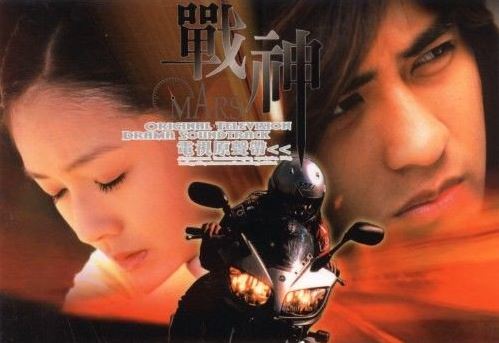Been a green tea drinker since I was in my early 20s. It's a great comfort during busy days. I always find relief whenever I can have a cup of green tea. I started with teabags. For many years alternating green tea with Earl Grey Tea.
Due to my affinity for Green Tea, it's no surprise that I love Matcha, which is way better and healthier than green teabags because of the way it is packed and processed. We can have all the benefits of green tea in matcha because these are pulverized green tea leaves. Whenever I am outside and grab a hot cup of latte, I always choose the matcha flavor.
Lately, I switched to a loose-leaf variety of green tea and I chose Sencha, the most popular variety of green tea in Japan. According to articles about green tea, sencha is the healthiest among green tea varieties. I like the taste of loose-leaf variety compared to tea bags. It has a smoother texture, mild and sweeter notes, and less grassy. I like the smell and the overall experience of tea drinking. It is also not strong for the tummy. It keeps me alert the whole day.
Apart from loose-leaf sencha, I also have Matcha (ceremonial grade), alternating these two drinks every day. Sometimes I feel dizzy with matcha haha! Maybe due to its high caffeine so I am drinking it just three times a week. I also mix matcha when I am baking or preparing desserts. It makes the food tastier. By the way, there are two kinds of Matcha - the ceremonial grade and the culinary grade. They differ in harvesting and processing.
The ceremonial grade matcha, the one used in traditional tea ceremonies in Japan and also in pure matcha hot drinks, are of higher quality, made from the first harvest of the young and fresh green tea leaves, the veins and stems are removed during the processing, and then ground delicately using a granite stone grinder. While the culinary grade matcha is made from second or third-harvested green tea leaves, they are processed including the veins and stems, and pulverized using metal balls.
All teas come from the same source of plant - Camellia Sinensis. They differ only in the processing and packing. Unlike other teas, Green Tea is not fermented but only steamed, allowing most of the nutrients and health benefits of the Camellia Sinensis plant to be retained.
Loose Leaf Sencha Green Tea goes through a delicate process of tea making. Once the leaves are picked, they go through the traditional Japanese practice of steaming (and not pan frying), rolling, and drying the green tea leaves immediately after picking. This is known as the ‘Sencha Process’, which takes place within 24 hours of harvesting.
It inhibits the enzyme activity that causes oxidization and enables the tea to retain its bright emerald green leaf color and preserve its nutritional properties and delicious flavor.
Matcha also comes from the Camellia Sinensis plant. However, it’s grown differently and has a unique nutrient profile. Farmers shade the plants used for matcha for most of the growth period. This lack of direct sunlight increases chlorophyll production, boosts the amino acid content, and gives the plant a darker green color.
After harvesting the leaves, stems and veins are removed and then grind the leaves into a fine powder using a granite stone grinder. Matcha contains the nutrients from the entire tea leaf, it has more caffeine and antioxidants compared to other tea varieties.
Studies of matcha and its components have unearthed a variety of benefits, showing that it can help protect the liver, promote heart health, and even aid in weight loss.
Matcha is rich in catechins, a class of plant compounds in tea that act as natural antioxidants which help stabilize harmful free radicals, compounds that can damage cells and cause chronic disease.
Matcha is grown in the shade. When the leaves are harvested, the catechin content is lower than in other types of green tea. However, when you dissolved in water, it produces 3 times more (1Trusted Source).

















0 Comments